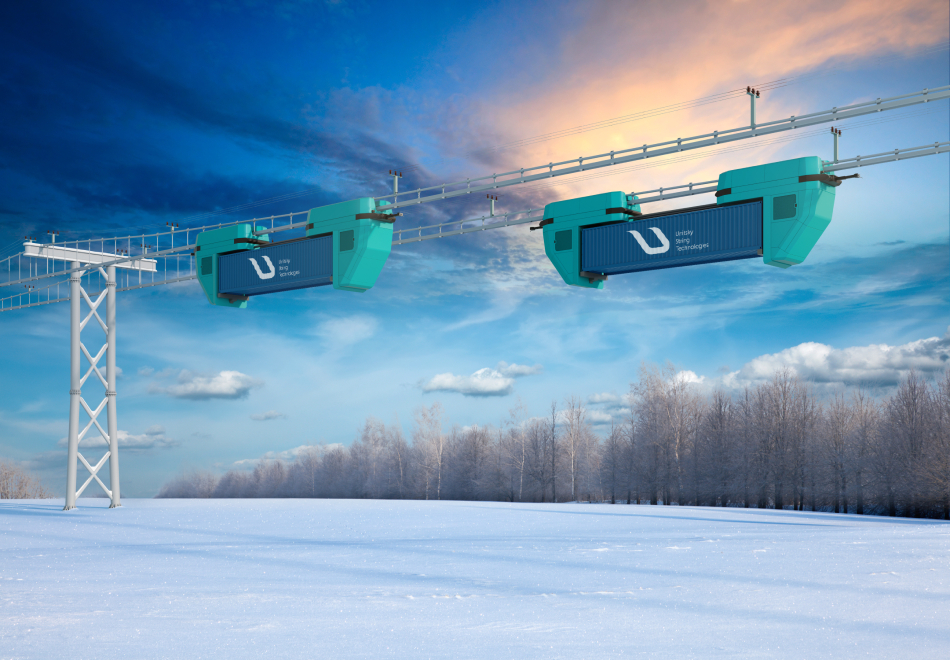The search for new logistics schemes and efficient financial models — this is the challenge freight companies are facing today. The transition to multimodality was the result of the drawdown of the industry in 2020.
The use of different modes of transport within the same order allows complex and non-standard tasks to be solved. But organisational problems lead to missed deadlines and financial losses. uST solutions can reduce time and simplify processing at individual stages of multimodal freight forwarding.

From point A — to point B
Cargo delivery today requires special organizational skills from logisticians. In multimodal transport, several modes of transport are usually involved, e.g. a cargo may arrive by sea, then — «go by road or railway and end up in a port again to leave the country by water. This approach helps to expand geography, reduce costs, minimise risk and combine delivery methods to suit the end customer's interests.

A complex scheme needs careful elaboration: each subsequent link in the logistics chain shall not limit the capabilities and work of the others. The current environment in which transport companies operate today requires optimisation. For example, the congestion of the port or the low capacity of the railway become an insurmountable obstacle, because of which you have to pay extra for storing cargo while waiting for shipment.

Also, one of the problems of container shipping is the uneven flow of cargo. It leads to an excessive accumulation of containers in some transshipment points and to downtime due to a shortage of containers in others. And transporting empty and semi-empty containers requires additional manpower, fuel and machinery. Companies often refuse such deliveries for financial reasons.
Until recently, two options were leading in the organization of container transportation: cheap and time-consuming sea delivery, as well as a more expensive but faster overland option. The transition to multimodal freight forwarding using uST solutions will increase competitiveness, reduce transit time and save money.
Efficiency of uST transport and infrastructure complexes

Unmanned electric vehicles on highly aerodynamic steel wheels can carry up to 100 million tonnes annually. The uST tracks are located over the existing infrastructure. Routes are laid along the shortest path, which saves travel time.
Automation of the main processes helps to save time for transshipment and the transportation itself. This reduces the load on the existing logistics infrastructure facilities and accelerates the delivery »to the door». And the track structure is resistant to extreme temperatures, so it can be placed in different climate zones — where train or road traffic is difficult.
The company has developed unimobiles with a carrying capacity from 1 to 35 tons.

String-rail flyovers and electric vehicles on steel wheels are suitable for the transportation of bulk, piece and special cargo. uST solutions can be used to transport 20' and 40' marine containers. For the delivery of bulk materials, a continuous roundabout unitrans complex with no restriction on the length of the route is envisaged.
By the way, the use of uST technology makes it possible to build seaports in the open sea. Building offshore terminals is cheaper than setting up traditional onshore complexes and reduces the burden on ports. During the construction, labor-intensive and expensive dredging works are not carried out, which negatively affect the state of the local aquatic ecosystem. Seaports with integrated uST track structures are a choice in favor of accessibility and eco-friendliness.
While the transport industry is struggling to articulate the key issues that need to be urgently addressed, the answer lies on the surface. uST technology is capable of solving the major problems associated with multimodal transport and freight delivery in general.

